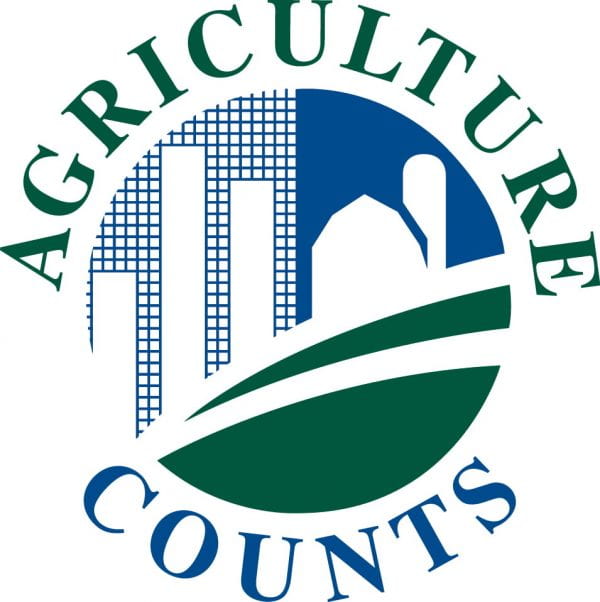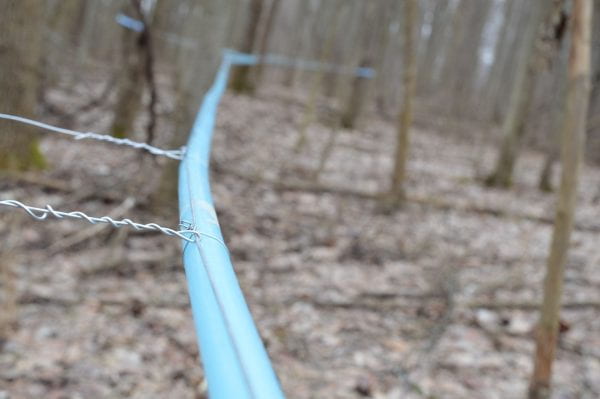I think everyone would agree the 2023 maple season was anything but normal. It started with a fierce snowstorm in late December and ended with a chaotic mixture of warm and cold days. If you are an Ohio maple syrup producer, how your season went seems to be a matter of location, location, location. This winter was either too warm, too cold, or just right. Depending on where you live and when you tapped, it was either all good or all bad. Once again, Mother Nature had the final say.
The season kicked off early despite a surge of extremely cold weather at Christmas time, but warm weather arrived shortly after New Year’s. The one thing Ohio producers have learned, when it looks and feels like tapping weather, you tap. This year, many producers – I can confidently say more producers than normal – in both Northern and Southern Ohio started tapping in January. Those tapping in early January experienced strong runs going into February, but many early tappers saw sap flow slow or completely shut off going into March. The weather in February largely determined the success of your season.
Southern Ohio producers saw sap flow and sap quality end by the first week of March at the latest, many producers didn’t even make it out of February. The jet stream kept the cold air pushed north, but abnormally warm temperatures plagued the southern part of the state. More northern producers had strong sap runs into St. Patrick’s Day and beyond. For the calendar tappers who traditionally waited until mid-February to tap, the season was average at best. Overall, it was “ A Tale of Two Cities.” Some northern Ohio producers experienced one of the best seasons in recent decades, but many southern producers experienced one of the worst production seasons in recent memory.
For producers who will associate the 2023 season with more positive memories, syrup quality held up remarkably well despite a season with so much variability. Ohio made lots of Golden Delicate and Amber grade syrup. The flavor was excellent for the most part until the warm weather ended the season. Even then, a lot of lighter grade syrup was made right up until the last boil. The biggest problem was filtering, excessive niter made it very difficult to filter and that high niter was reported from many producers statewide. One of the reasons for outstanding yields was the good sugar content of the sap, averaging close to 2%. Once again, the best yields were achieved on high vacuum tubing systems, but many bucket/bag producers had a good season as well.
Maple syrup is made all over the Buckeye State, but Geauga County is the number one maple syrup producing county in Ohio. This year, the county lived up to its reputation in a big way, and production records were set across the county. It was not uncommon to see syrup yields hitting or exceeding a half gallon per tap being produced.


